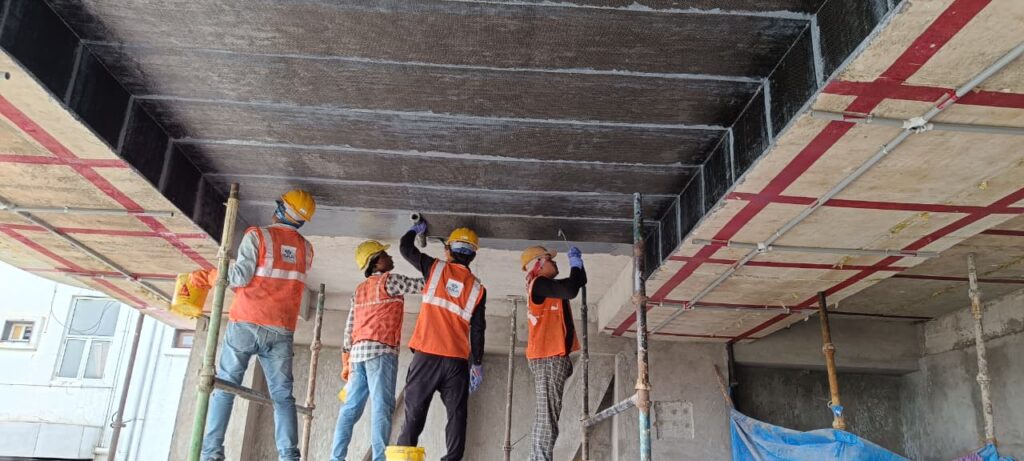
Why Sustainable Repair Practices are the Future of Construction?
The construction sector is at a critical crossroads. For decades, progress was measured by how much new infrastructure we could build — taller buildings, longer bridges, wider highways. But this growth has come at a cost. Cement production alone is responsible for nearly 8% of global CO₂ emissions, making it one of the most carbon‑intensive industries in the world. As cities expand and infrastructure ages, the challenge is no longer just about building more, but about building smarter — and that means preserving and upgrading what we already have.
The Shift from Demolition to Rehabilitation
Historically, the default approach to aging reinforced concrete (RCC) structures was demolition and replacement. While this delivers a “brand‑new” asset, it also:
- Generates massive amounts of demolition debris, much of which ends up in landfills.
- Consumes vast quantities of new raw materials — aggregates, cement, and steel — all with high embodied energy.
- Produces significant greenhouse gas emissions during material production and transport.
Modern sustainable practices include:
- Fiber-Reinforced Polymers: Lightweight, high-strength materials that extend the life of beams, slabs, and columns without adding bulk.
- Geopolymer Concrete: A low-carbon alternative to Portland cement that reuses industrial by-products such as fly ash and slag.
- Recycled Aggregates: Replacing natural aggregates with processed demolition waste reduces extraction pressure on quarries.
These solutions align with green building certifications and government sustainability mandates. Moreover, life-cycle cost studies show that rehabilitation consumes up to 60–70% fewer resources compared to demolition and reconstruction.
From bridges and highways to commercial buildings, sustainable repair creates a circular economy in construction—where materials and structures are preserved, reused, and optimized. The future is clear: construction companies that embrace eco-friendly rehabilitation will not only save costs but also contribute to climate-resilient infrastructure.


